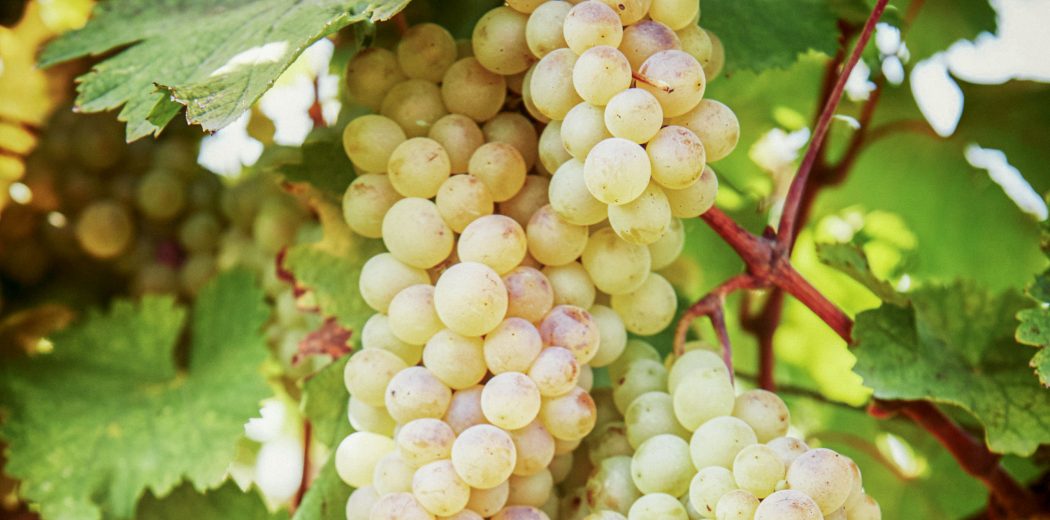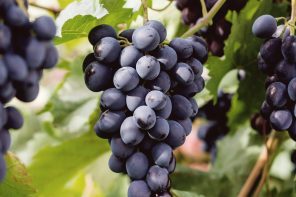By now, you know that folks have been fermenting grapes into wine for thousands of years. And you’re probably also aware of the fact that Vitis vinifera is prone to mutation. Over the several millennia we’ve been making wine, this mutation has yielded a wealth of grape varieties which today number in the thousands. But what about those early grapes that our ancestors crushed and fermented into wine? Are any of them still around? Well, one of the most ancient varieties we know of is still alive and kicking.
Rkatsiteli is a white grape which many believe was born somewhere amongst the slopes of the Caucasus Mountains in Georgia. Its name literally translates to “red stem,” inspired by the reddish color its stalks take on around harvest. Incredibly popular in its native country, Rkatsiteli vines are found in virtually every wine region within Georgia’s borders.
Rkatsiteli is notably used to make a traditional Georgian wine. The Qvevri wines of Georgia are produced using some incredibly old winemaking techniques which date back to the dawn of winemaking. Grapes are pressed and then everything – juice, skins, stalks and all – is poured into earthenware vessels called Qvevri. The jars are sealed, buried in the earth and left to ferment for several months. The result is a slightly tannic orange wine. But producers don’t stop there; the grape is also made into every style of wine you can imagine. Sparkling, still, dessert and even brandy.
Believe it or not, Rkatsiteli has even laid down roots in the New World. New York’s Finger Lakes is the American outpost of Rkatsiteli production, all thanks to the industrious efforts of one man. Dr. Konstantin Frank was a Ukrainian born winemaker and viticulturist who was the driving force behind establishing the Finger Lakes as a wine region. As he experimented with various cool climate varieties to prove the Finger Lakes region could produce great wine, one of the grapes he had success with was Rkatsiteli. The rest, as they say, is history. To this day, it’s one of the flagship styles of the Dr. Konstantin Frank Wine Cellars winery.
Back over on the other side of the Atlantic, Rkatsiteli remains important throughout Eastern Europe. In Bulgaria and Ukraine, Rkatsiteli holds the title of most planted grape and the “red stem” is dotted throughout vineyards in Russia, Macedonia, Romania and more. It’s even found as far off as China.
So how do wines made from this ancient grape taste? It’s naturally very acidic, which means that Rkatsiteli often hangs on the vine until late in the harvesting season. Your typical dry Rkatsiteli has quince, spice and floral aromas to it. With its crisp acidity and easy drinking fruit profile, Rkatsiteli makes a superb food wine. From poultry to pork, fish and more, this Georgian variety is a highly underrated pairing. Ancient though it may be, Rkatsiteli still holds a real appeal to wine lovers.








